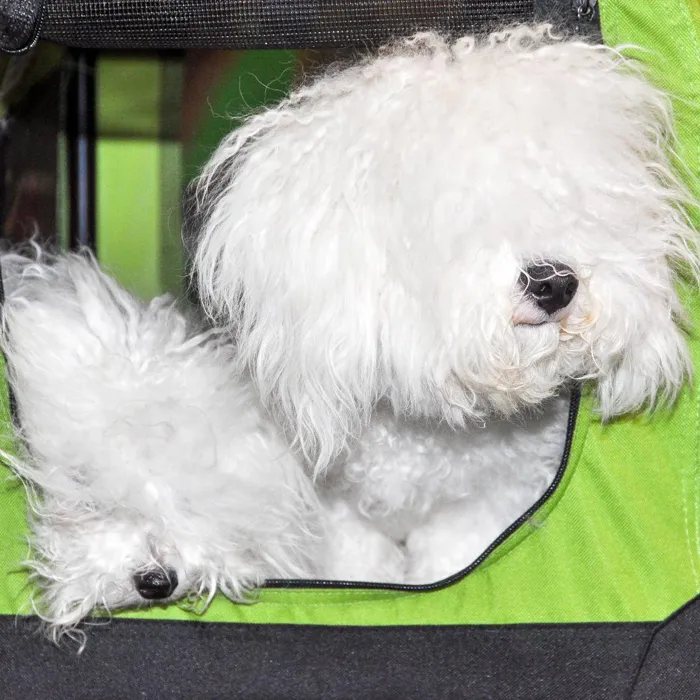Bolognese

A small companion breed originating in Italy, the Bolognese is a calm, faithful dog with a long, fluffy pure-white coat. They are very playful, easy-going and love people.



Ask About Bolognese ?
Breed Traits
Pet traits are ranked on a scale of 1 to 10 with 1 being the lowest and 10 being the highest.
Group
Foundation Stock Service
Temperament
About
History
Standard
Nutrition
Grooming
Exercise
Training
Description
The Bolognese is a purebred bichon-type dog. This breed of dog is part of the toy dog group. The dog is usually all white with a distinctive single coat. The coat falls into loose ringlets or flocks all over the body. The dog does require daily brushing to prevent the matting of the ringlets.
Personality
Exercise/Energy Level
Additional Information
Available Puppies
All pets have found there homes! Sign up to be notified when new pets are added so you don't miss out.


